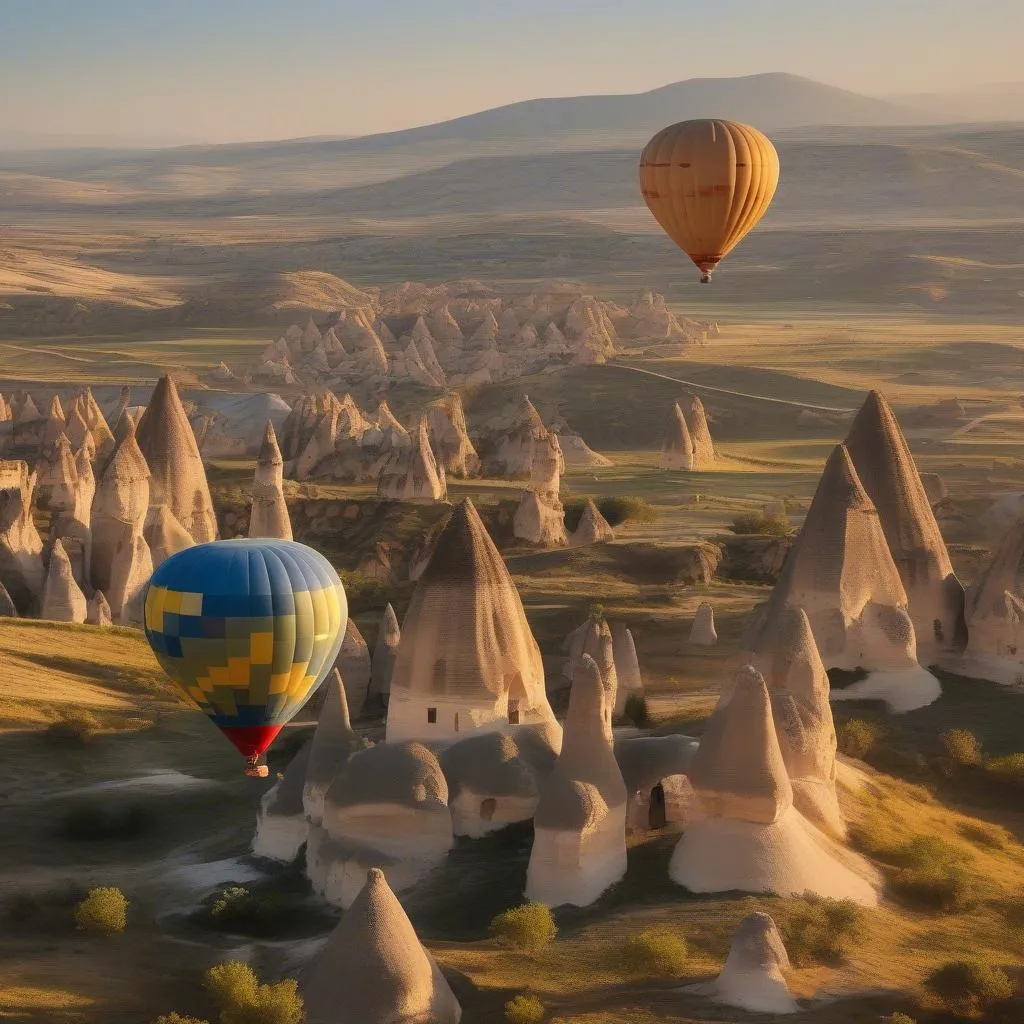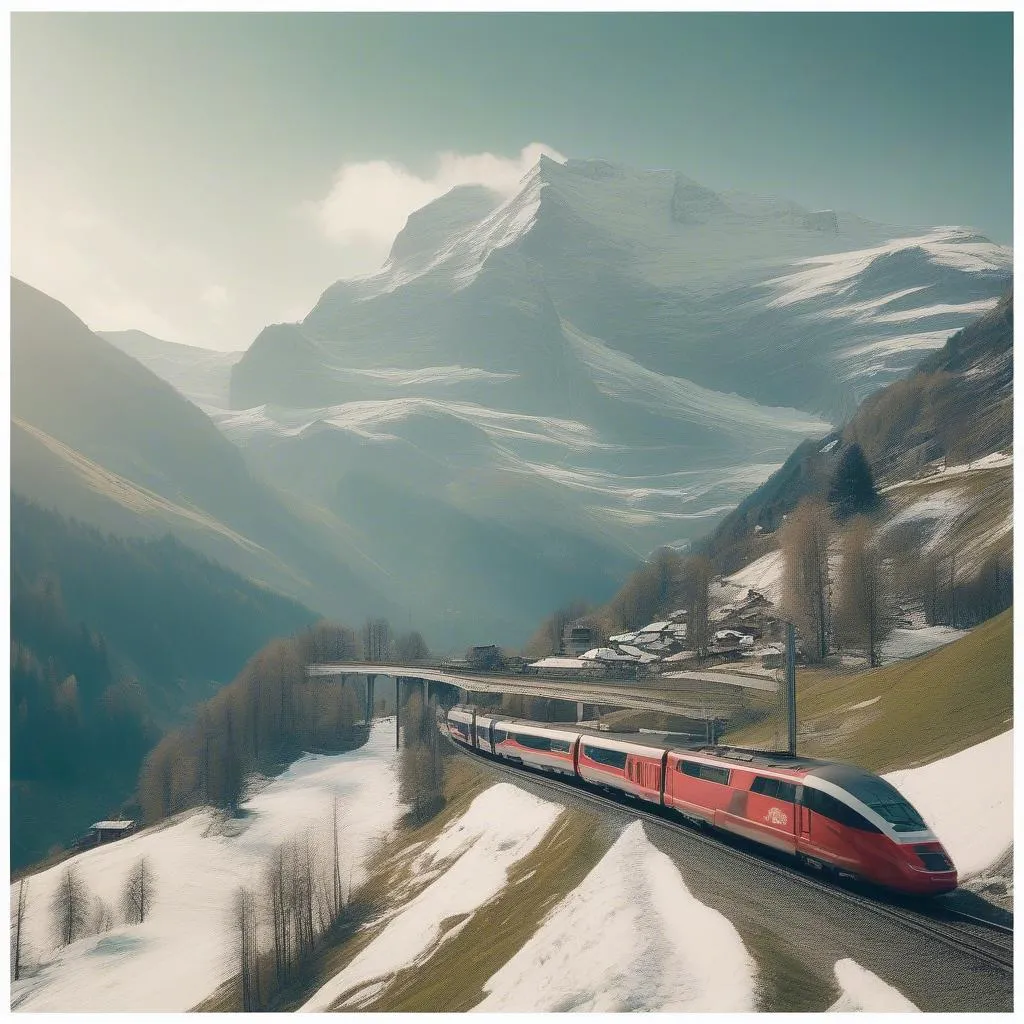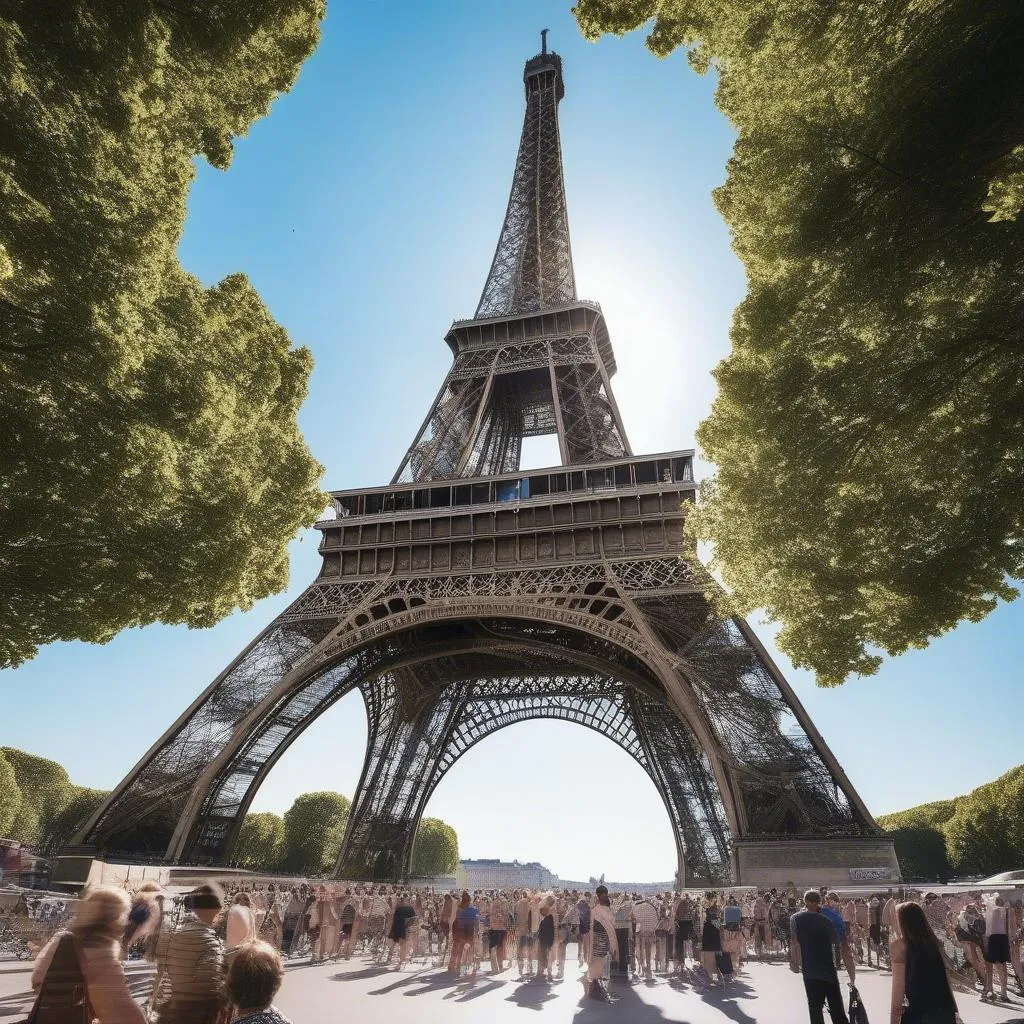Have you ever felt the thrill of exploring a new city, the awe of standing before an ancient temple, or the simple joy of tasting exotic food for the first time? These unforgettable experiences are the essence of tourism products, and understanding their characteristics can help you make informed decisions for your next adventure.
What Defines a Tourism Product?
Unlike a tangible souvenir you can hold, a tourism product is an intangible service experience. It’s a collection of components working together to create a memorable journey. Think of it as a puzzle where each piece – accommodation, transportation, attractions, and activities – contributes to the bigger picture.
Key Characteristics of Tourism Products
Let’s delve into the specific traits that shape these unique offerings:
1. Intangibility: You can’t physically touch or “try before you buy” a tourism product. It’s the anticipation, the memories, and the emotions that hold value.
Example: Imagine booking a hot air balloon ride over Cappadocia’s fairy chimneys. You’re purchasing the experience, the breathtaking views, and the thrill of floating through the sky, not a tangible object.
2. Perishability: Tourism products are time-sensitive. An empty hotel room today can’t be “stored” and sold tomorrow.
Example: A seat on a scenic train ride through the Swiss Alps at a specific date and time holds value only until the train departs.
3. Heterogeneity: No two tourism experiences are identical. They are influenced by factors like weather, the service provider’s mood, and even your own expectations.
Example: Visiting the Eiffel Tower on a sunny day versus a rainy one will offer different experiences.
4. Inseparability: Production and consumption occur simultaneously in tourism. You “consume” the experience as it unfolds.
Example: Enjoying a guided tour of the Vatican City involves the tour guide’s expertise, the historical setting, and your personal engagement all at once.
5. Seasonality: Tourist destinations often experience peak seasons and off-seasons, influenced by factors like climate and holidays.
Example: Beaches in Bali are bustling during summer but might be less crowded during the monsoon season.
 hot air balloon ride cappadocia
hot air balloon ride cappadocia
 scenic train ride swiss alps
scenic train ride swiss alps
 eiffel tower sunny day
eiffel tower sunny day